Growing Onions From Seed? It’s Lower Cost, But Will Take Up To 120 Days

VEGETABLES > ONIONS > SOWING

Ed is a horticultural therapist, professional gardener and writer. Ed has a BSc in Occupational Therapy from Coventry University and a Diploma in Social and Therapeutic Horticulture (DipSTH) via Thive, the RHS and Pershore College. Ed runs a community kitchen garden in West Sussex, where he leads horticultural therapy sessions.
Reviewed By DAN ORI

Dan has over 27 years’ under his belt caring for plants and gardens. Working as a Horticultural Instructor and Consultant, he draws on a diverse range of experience that includes working as a Head Gardener, Tree Surgeon, Garden Centre Trouble Shooter, and writer of academic papers. Dan has a Level 3 Diploma in Horticulture and is currently a candidate for the RHS’s most prestigious award – The Master of Horticulture.
Contributions From EMILY CUPIT

Emily is a Gardening Writer, Photographer and Videographer from Derbyshire, UK. She is the Founder of Emily's Green Diary - a community of more than 75,000 people who share in her gardening journey.
IN THIS GUIDE
ONION GUIDES
Onions, or Allium cepa as they are botanically named, are a staple of home–growers and can be grown either from seed or from sets, which are simply small onion bulbs that have already been grown from seed.
Growing onions from seed can be very rewarding, but patience is required as the crop will take time to mature and generally only be harvestable after 100–120 days from sowing.
Here’s a simple process for growing onions from seed:
- Harvest seeds from the pods of existing plants, or purchase seeds from your chosen retailer
- Fill shallow trays with a peat-free growing medium
- Thin the seedlings
- Plant out the young onions.
- Ongoing care for onion crops
This process is explained in more depth below:
| Difficulty | Medium |
| Equipment Required | Seed or module tray, trowel, fork, rake if sowing outdoors |
| When To Sow | January, February, March |
| When To Plant Out | March, April, May |
When To Sow Onion Seeds
Onion seeds can be sown indoors in late winter to plant out in spring.
The months of January and February are generally considered the best.
Onions can also be sown outdoors later in spring, but only once the soil has begun to warm up.
1) Harvesting Onion Seeds
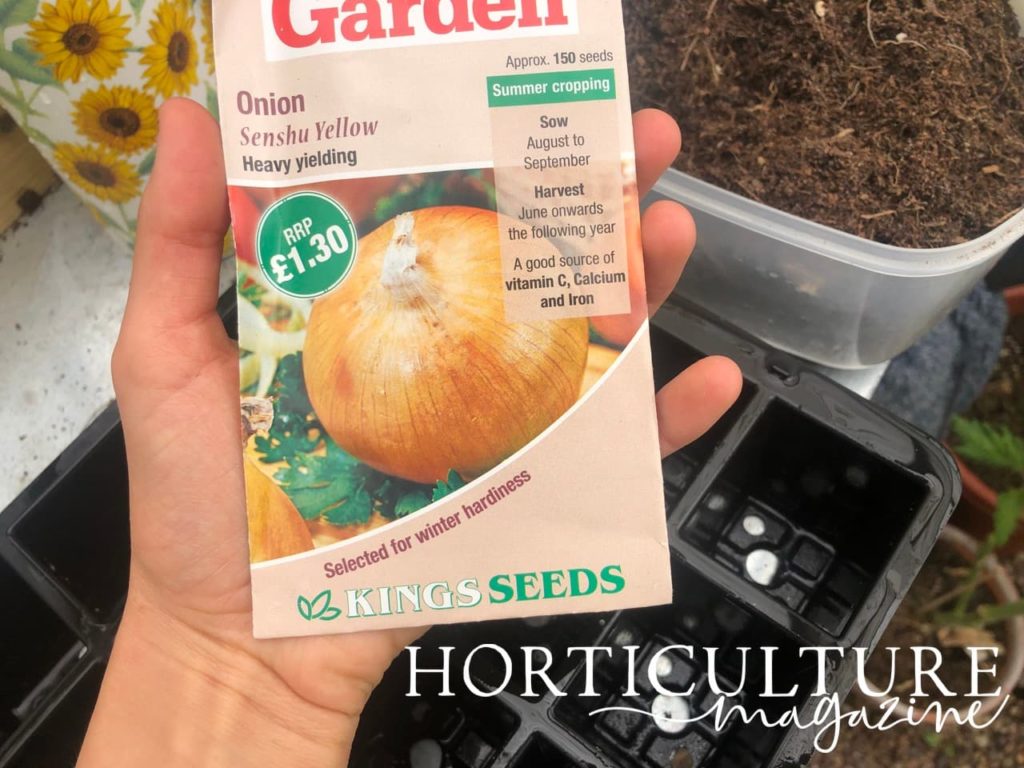
To harvest onion seed, allow a stem to develop flowers and subsequently set seed before allowing to dry and collecting using a paper bag.
Store the seed in a cool, dry place to sow the following spring.
Onion seed is cheaply and readily available and is therefore most often purchased rather than being collected.
2) Fill Shallow Trays
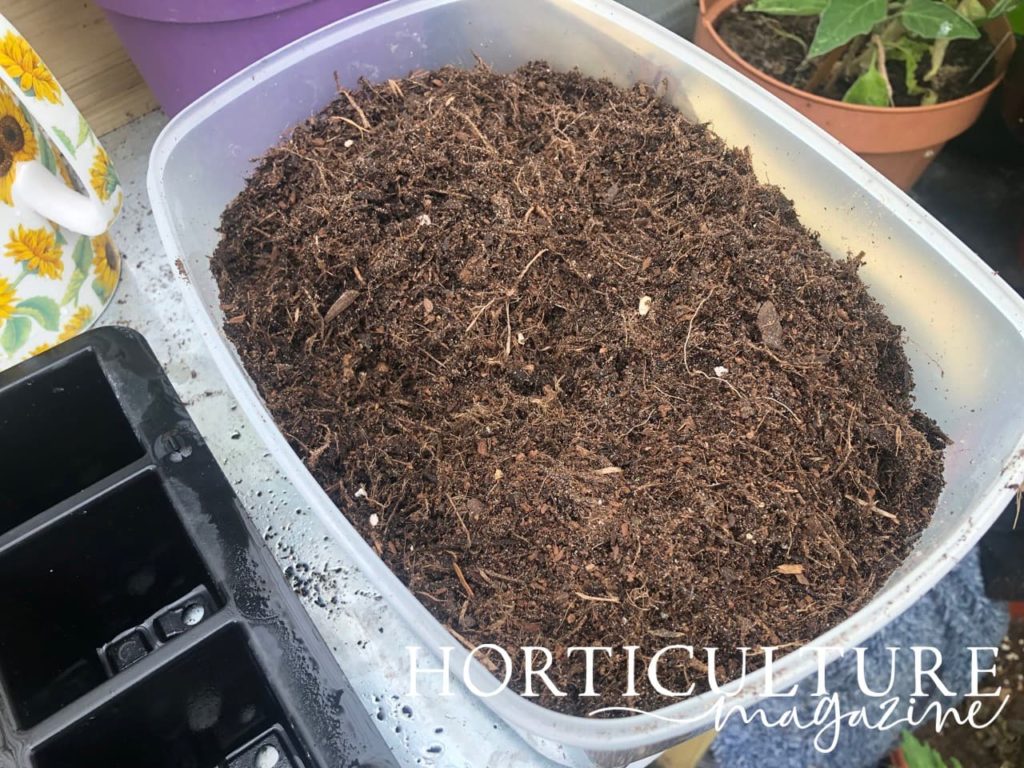
If sowing onion seed indoors, fill a seed or module tray with a seed sowing compost mix and sow the seeds individually in cells or in groups of 3–4 at a depth of 1cm and cover over with compost.
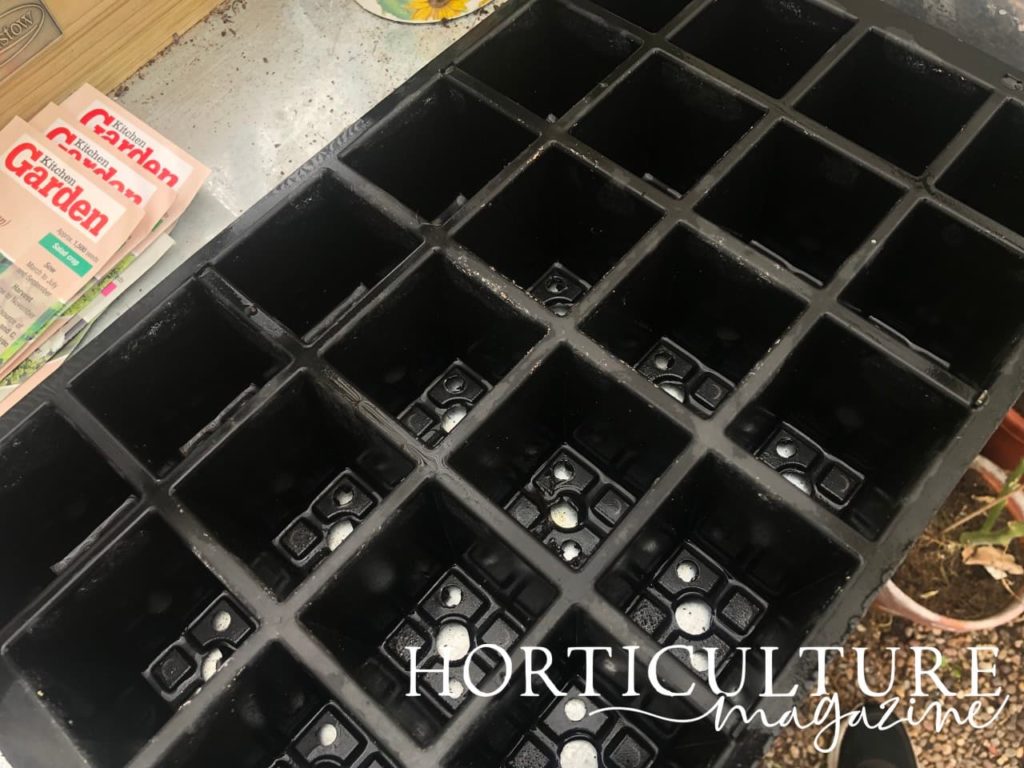
Water gently on sowing to avoid dispersing the seed and keep at a minimum temperature of 10°C, with the soil moist until germination occurs.
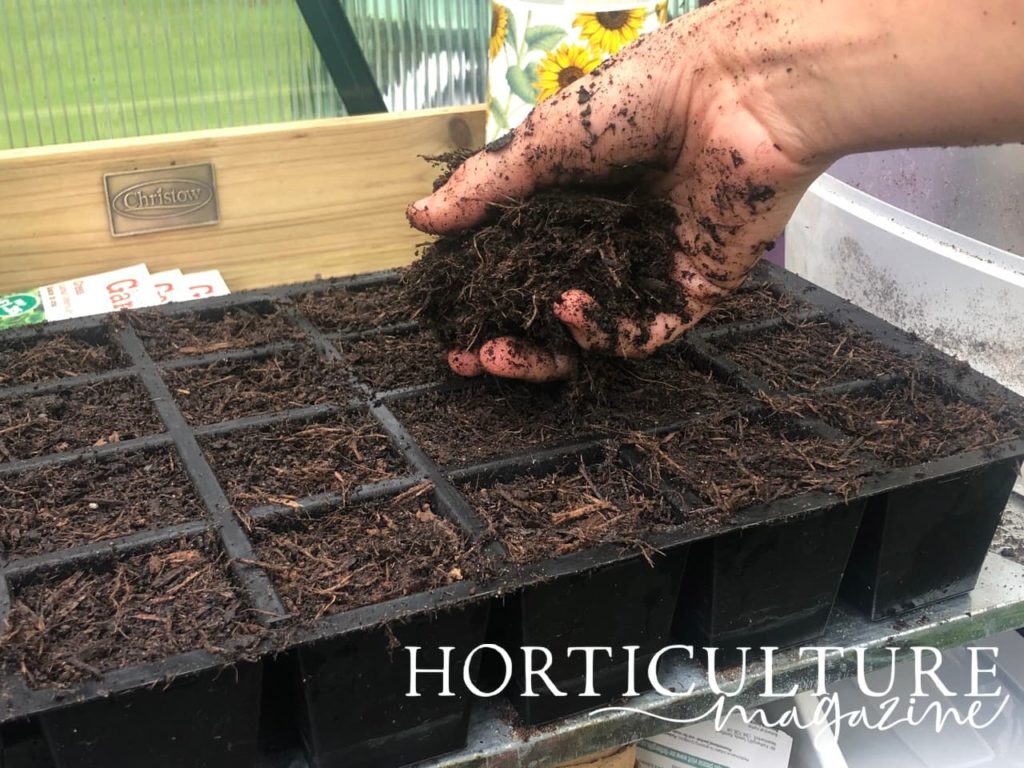
If sowing directly outdoors, prepare the soil by raking to a fine tilth and sow the seed thinly in rows 15-20cm apart at a depth of 1cm.
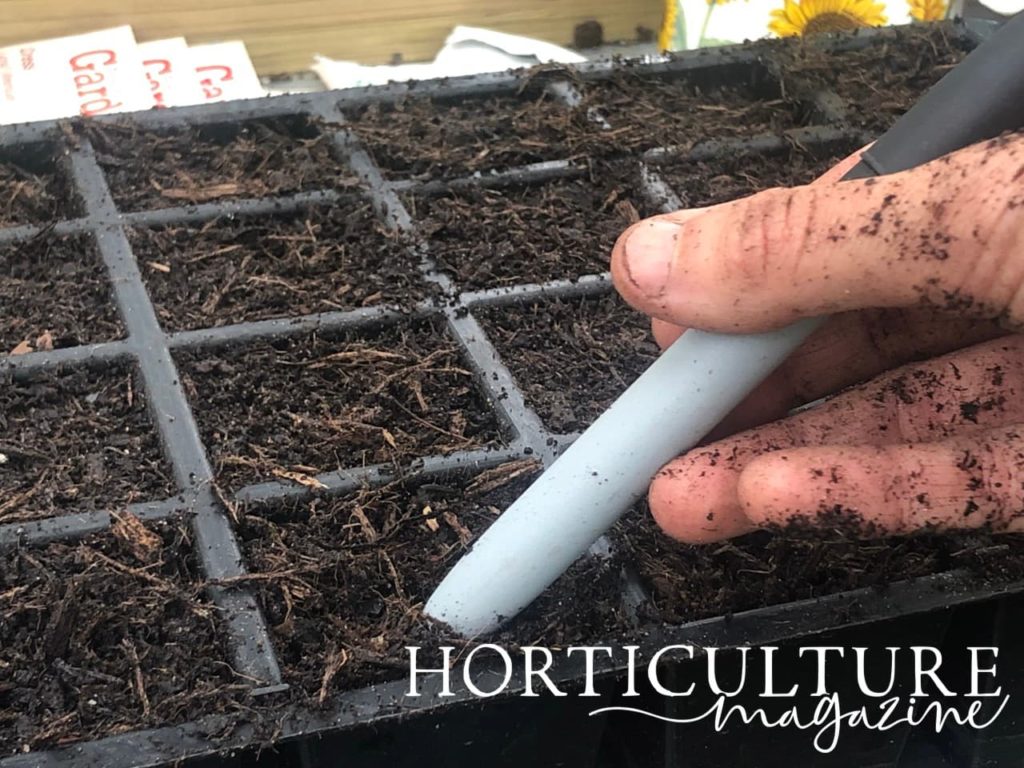
Carefully water after sowing and keep the soil moist, but not wet.
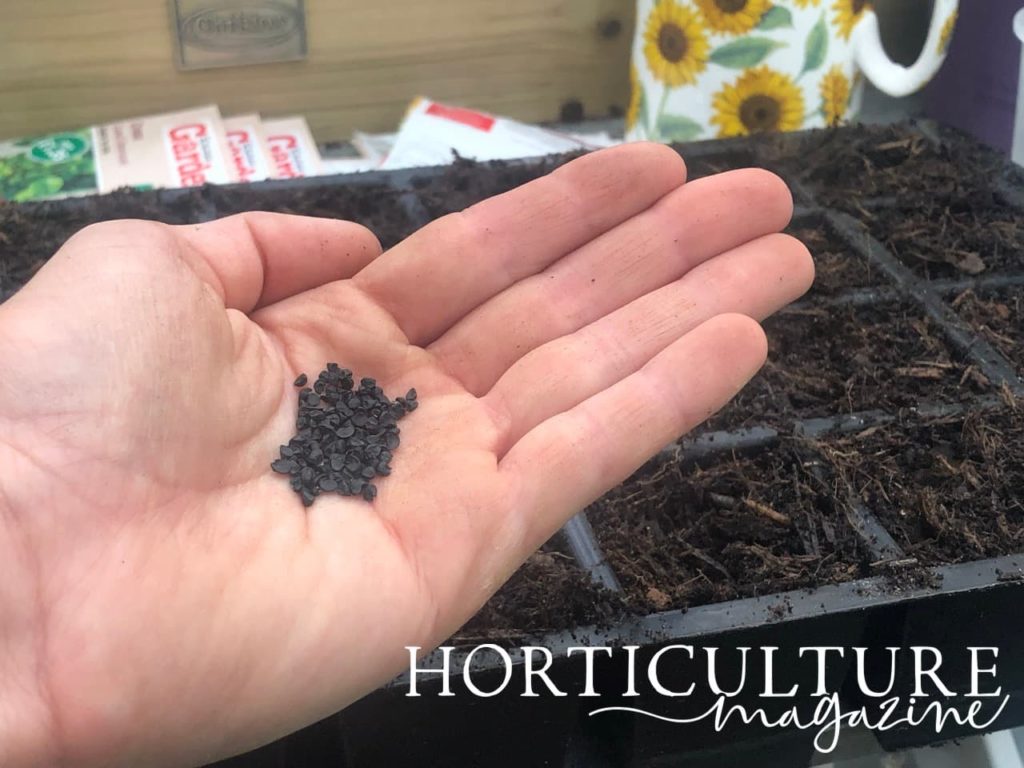
3) Thin The Seedlings
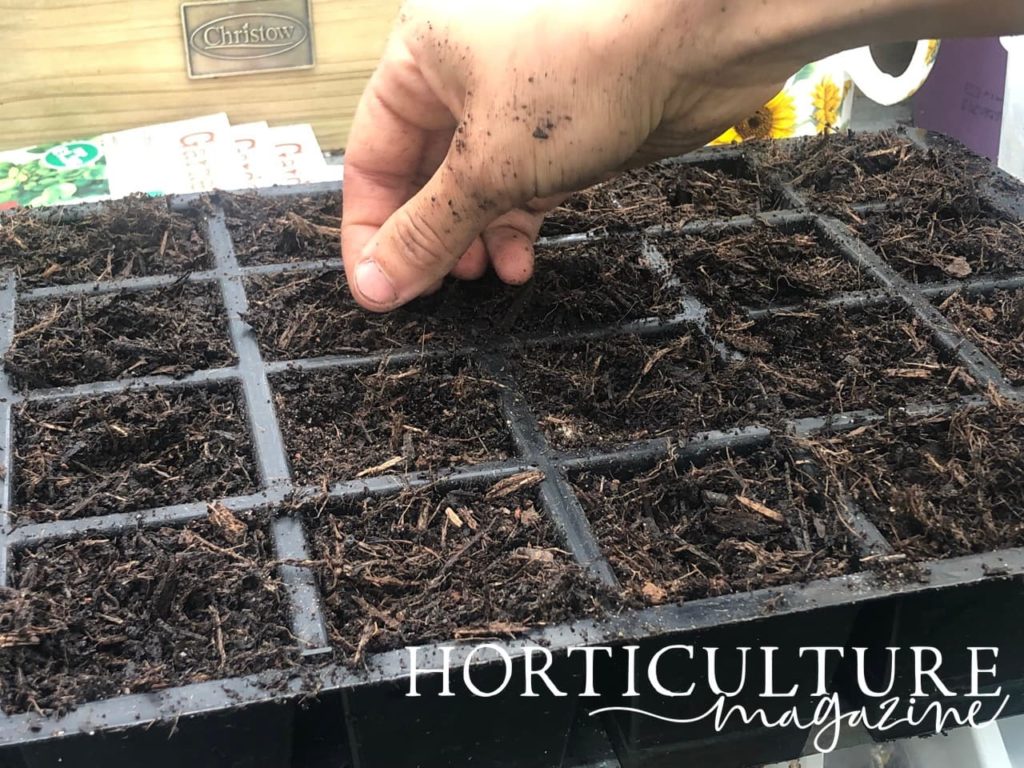
With indoor sown onions, thin the seedlings to 1–3 per module and when they are 5-7cm tall, prick out into individual pots to grow on under cover.
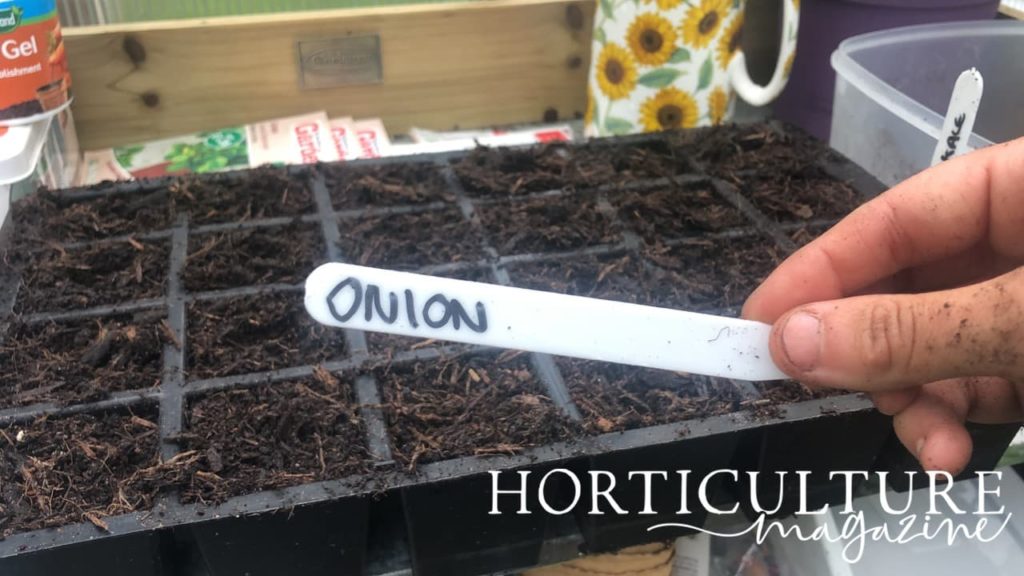
For outdoor sowings, once the seedlings are large enough to handle, they can be thinned to a spacing of 5–7cm, or less for more onions of a smaller size.
4) Plant Out The Young Plants
Having been grown on in small pots undercover, the onions can be planted out, but only having been gradually hardened off first.
On this occasion, our seedlings were grown undercover in trays in a greenhouse, with water added regularly to the bottom of the tray.
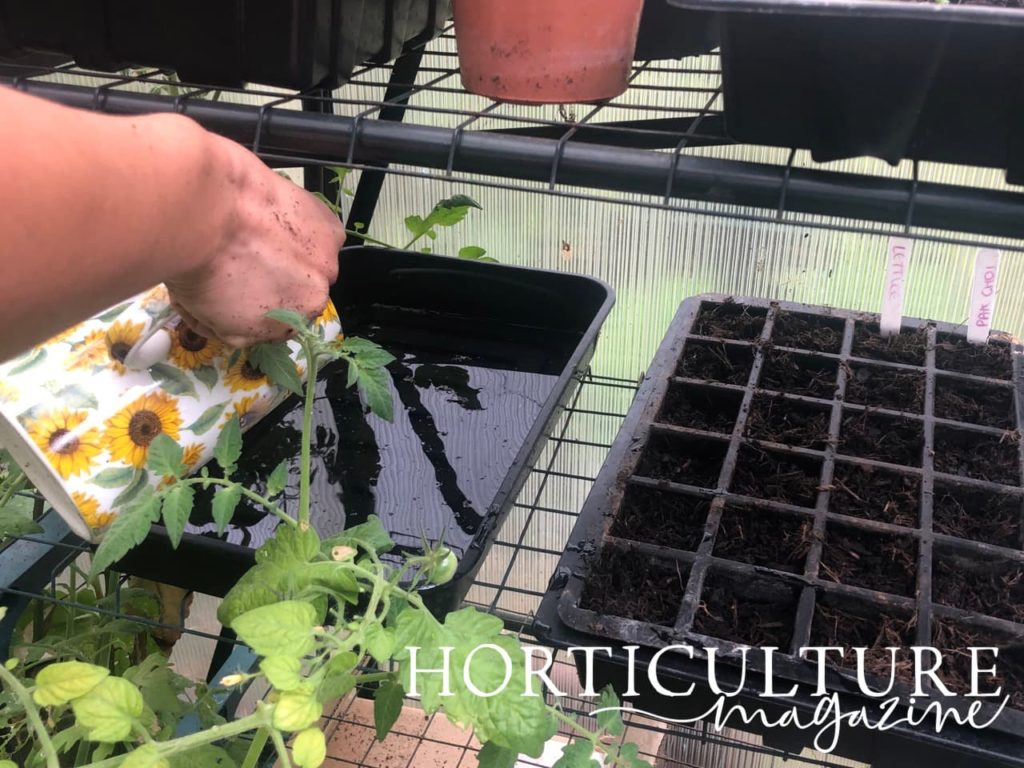
Plant out the onions at the same depth they were previously planted and water in.
For decent-sized onions it is recommended to plant them 10–15 cm apart.
However for smaller onions, to maximise space, this distance can be reduced.
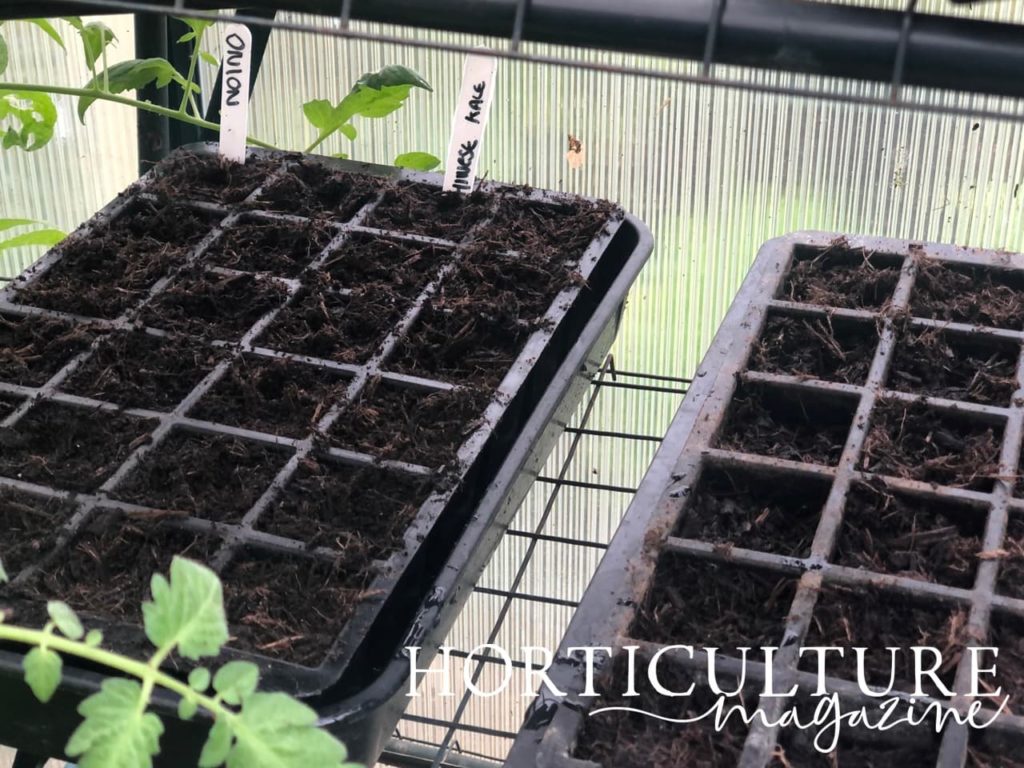
With outdoor sown onions, these can now be further thinned to a final spacing as above, depending on the desired size of the harvestable crop.
“Thinning out excess plants is important to develop good-sized onion bulbs, but often I will thin out crowded onion plants gradually and harvest the larger than normal thinnings to eat like a spring onion,” shares Master Horticulturist Dan Ori.
“This approach can also, in a small way, help control weeds.”
5) Caring For Onion Crops
For a healthy crop, keep the onions weed-free and water every 1–2 weeks and especially during hot and dry spells, to encourage the onions to swell.
If growing in poor soil, a general-purpose liquid feed can be applied, to help provide the required nutrients for an impressive crop.
Once the onions have swelled to the desired size, watering can be reduced to help prevent any fungal diseases and allow the crop to begin to dry out, in preparation for storage.
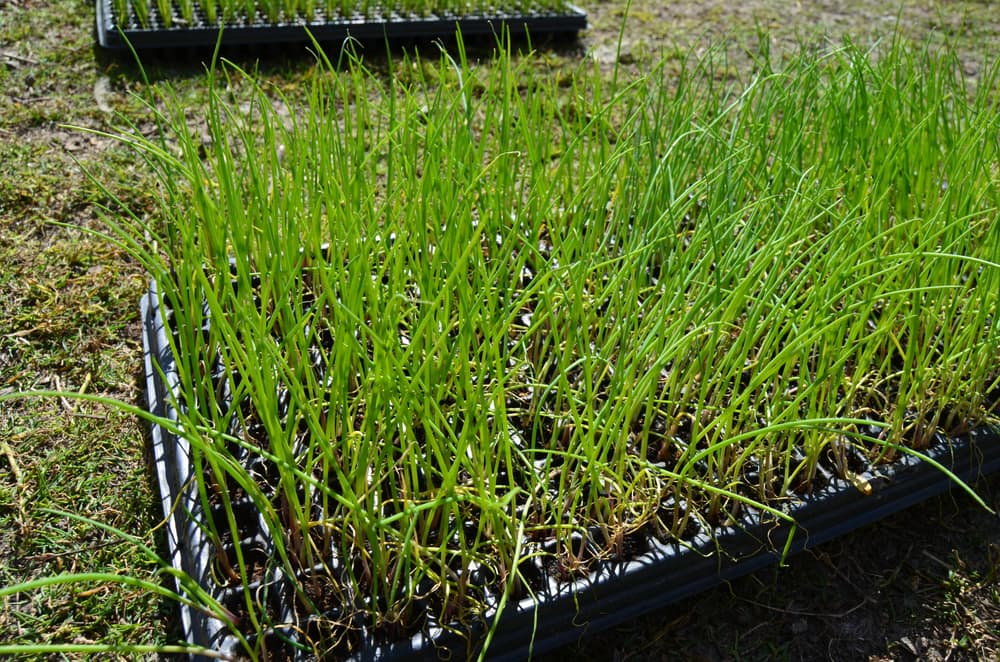
If flowers appear on the onion stems, it is advisable to remove them swiftly as they will prevent the bulbs from growing any larger.
However, some blooms can be left on the stems to develop seeds to be collected for future sowings, if desired.
If sown earlier in the year, onions will generally be ready to harvest from late summer to early autumn and once the foliage begins to yellow and droop.
Onions are best lifted using a fork to avoid any damage to the bulbs and then left to dry undercover for 2–3 weeks.
Once the skins are dry, the foliage can be removed and the crop stored in a light and well-ventilated area until needed.
